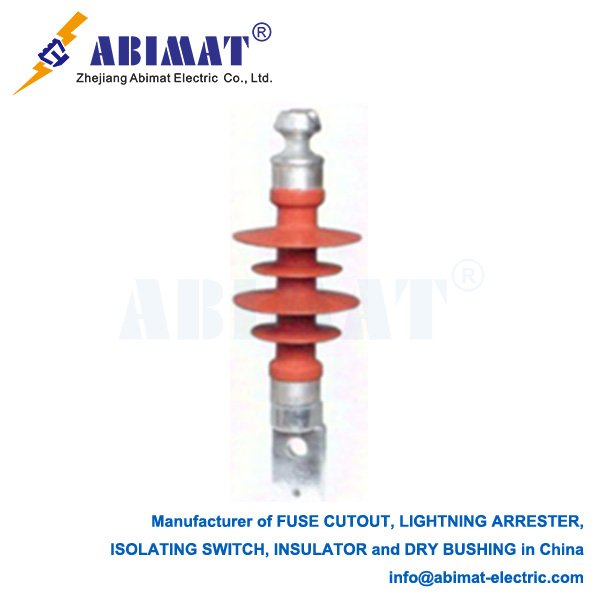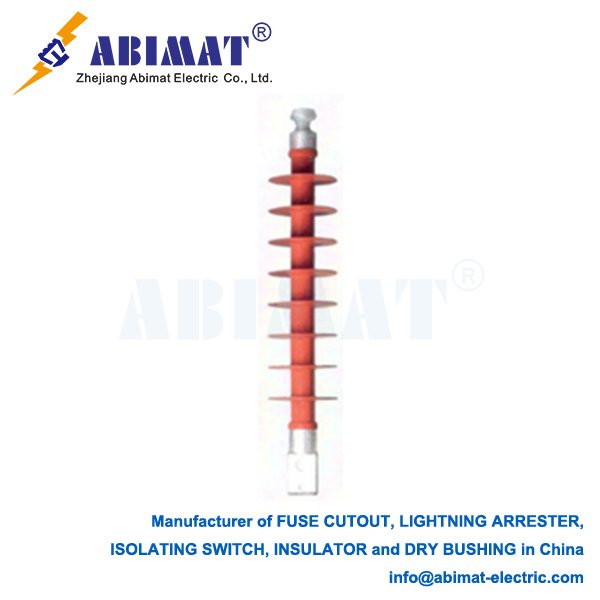The Essential Role of Disconnecting Switches in Electrical Systems
In electrical systems—from big substations to busy industrial sites—disconnecting switches, often called isolators, play a key role. They keep things safe and help control how the system works. They might not get as much notice as circuit breakers, but their specific job is hard to replace.
A disconnecting switch’s main job is to safely, clearly separate a circuit or equipment from its power source. Unlike circuit breakers, which stop load and fault currents, these switches aren’t made to turn current on or off when the circuit is under load. They should only open or close when the circuit is off—either by an upstream device like a circuit breaker or when current is very small, such as a transformer’s magnetizing current.
When opened, the switch pulls its contacts apart, making a clear, visible gap in the current path. This gap is a basic safety barrier. It tells workers the downstream equipment is electrically cut off, safe to work on or check. This visible break is key for Lockout/Tagout (LOTO) procedures, keeping workers safe from unexpected power.
Disconnecting switches are strong mechanical devices, built to work reliably even after thousands of uses. They use high-voltage insulators—porcelain or composite polymer—to hold current-carrying parts and keep them away from grounded structures. Creepage and clearance distances are set based on voltage and environment, like pollution or altitude.
Contact systems—often knife-blade, pantograph, or rotating types—have low resistance when closed and separate reliably when open. They use materials like copper alloys, often with silver plating, to cut energy loss and handle fault currents without welding.

Operating mechanisms vary. Some have simple manual handles for local, rare use; others have motorized parts for remote control, often linked to SCADA systems. These mechanisms lock firmly in open or closed positions. Some open/close slowly to reduce unwanted currents or voltages. Many, especially higher-voltage ones, have built-in or portable grounding switches to safely ground isolated circuits, releasing trapped charges.
These switches are used in many places. In substations, they isolate transformers, circuit breakers, and lines for maintenance or reconfiguring. In factories, they isolate large motors, generators, or equipment when servicing is needed. For renewable energy, they isolate solar inverters or wind turbine connections. In distribution networks, they provide isolation points on feeders or for transformers.
International standards—mainly IEC 62271-1, IEC 62271-102, IEEE C37.20.3, and IEEE C37.34—strictly control their design, testing, and use. These cover voltage, current, short-circuit handling, dielectric strength, mechanical endurance, environmental performance, and rules for visible breaks and position signs: “Open,” “Closed,” “Earthed.”
Abimat disconnecting switches are a cornerstone of electrical safety. Their simple task—making a visible, physical break in a circuit—is vital for protecting workers during maintenance, enabling safe switching, and keeping power networks running reliably. Knowing their purpose, limits (they can’t break load), and proper use is key for anyone working with medium or high-voltage systems. They guarantee a dead section, letting safe work proceed.


